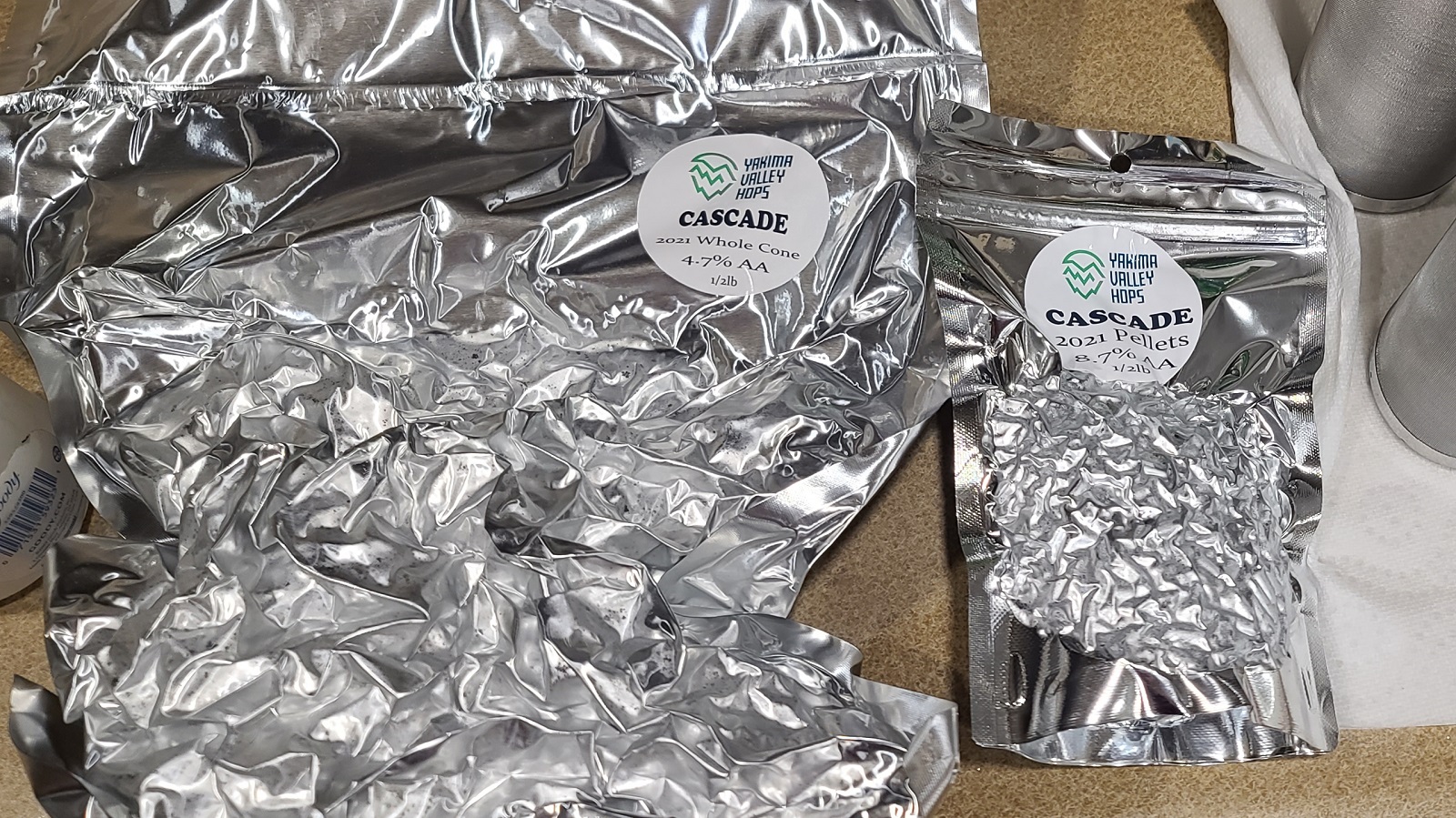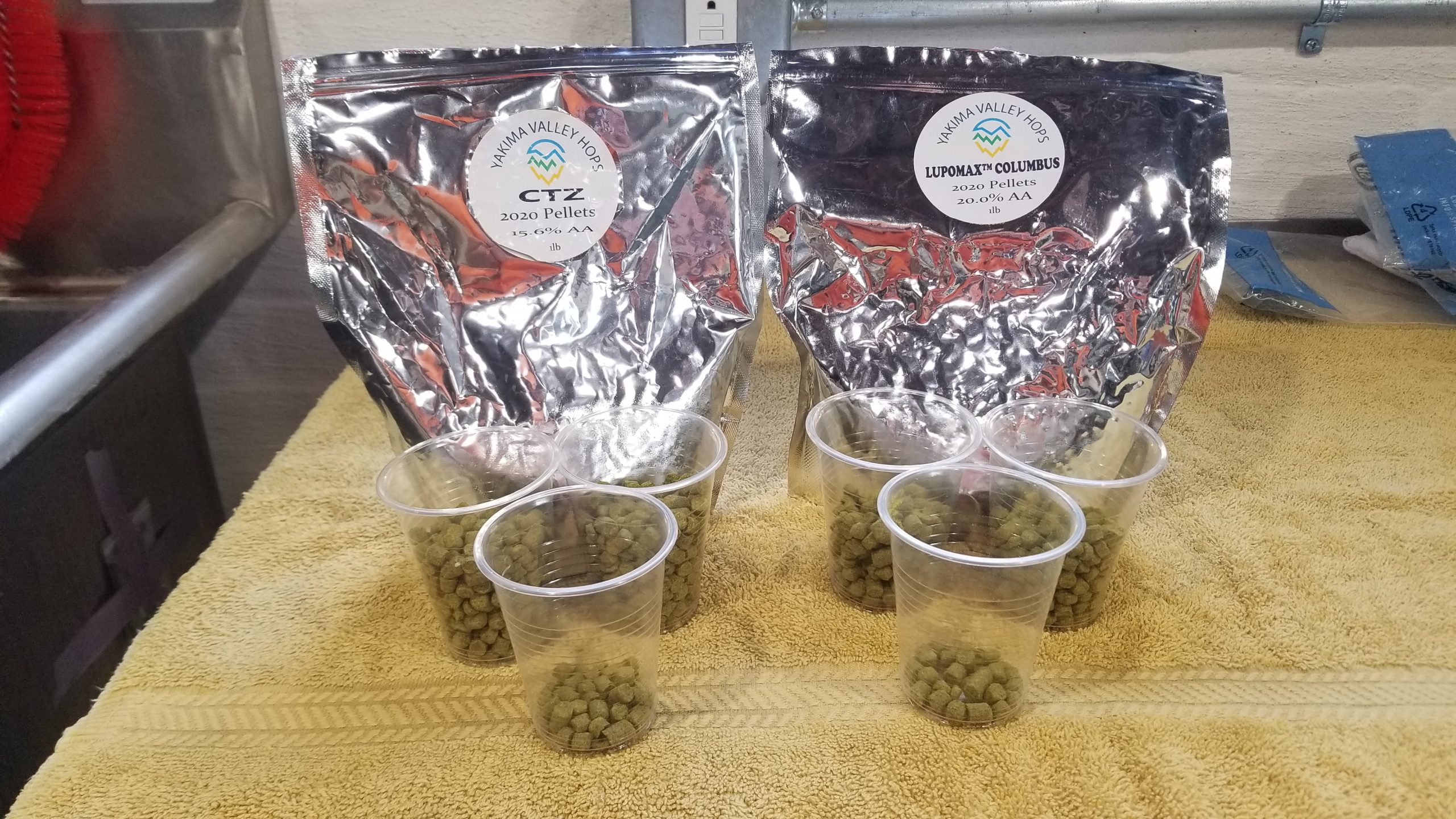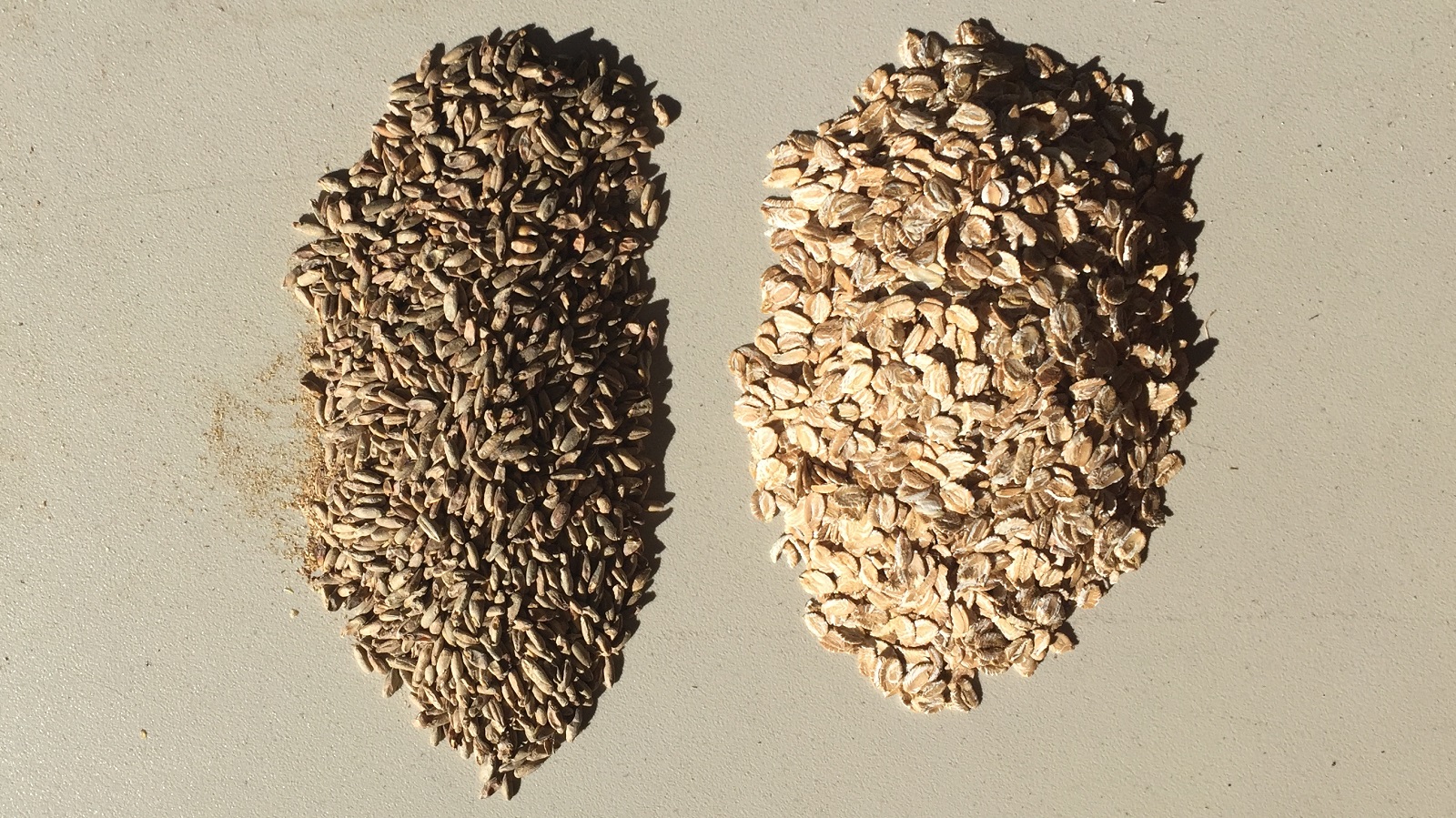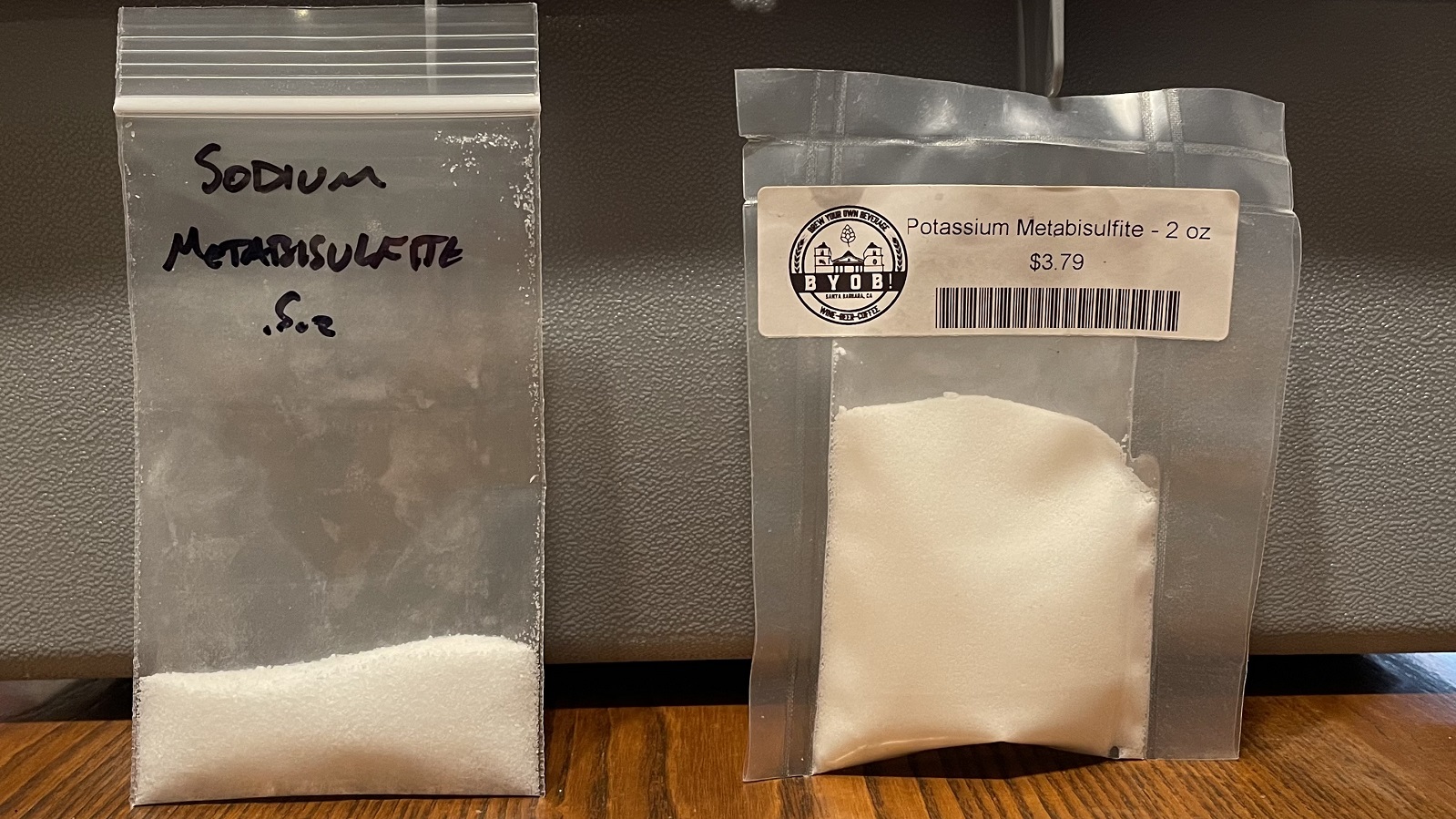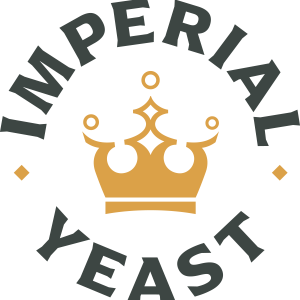exBEERiment
Author: Andy Carter While base malt accounts for a substantial portion of the grist in most beer recipes, many styles
This xBmt was completed by a member of The Brü Club in collaboration with Brülosophy as a part of The
Author: Mike Neville Of the four main ingredients in beer, hops have arguably become the sexiest, as they’re the feature
Author: Marshall Schott The most common types of packaging material used for beer are glass bottles and aluminum cans, both
Author: Steve Thanos Believed by many to contribute a distinctive spice character to beer, rye is a huskless cereal grain
Author: Phil Rusher In addition to sanitation and the isomerization of alpha acids from hops, boiling wort serves to coagulate
Author: Andy Carter Sulfites are chemical compounds containing a sulfite ion that are widely used as a preservative in the
Author: Cade Jobe Cold-side oxidation occurs when fermented beer is exposed to oxygen, which leads to a number of deleterious
Author: Mike Neville The cold crashing method involves reducing the temperature of beer that’s done fermenting, which encourages the rapid
This xBmt was completed by a member of The Brü Club in collaboration with Brülosophy as a part of The


